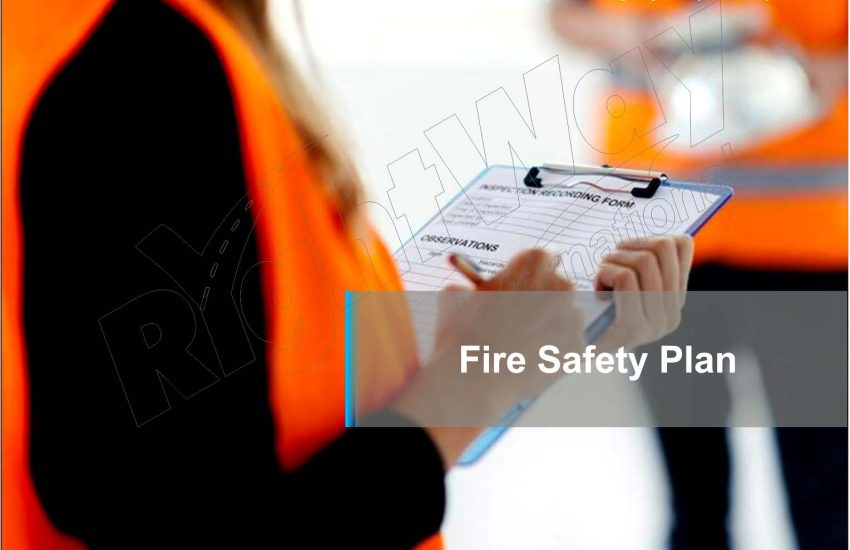Fire Safety Plan are vital for protecting lives and property in any organization or community. These plans outline strategies for preventing fires, responding effectively in the event of a fire, and ensuring the safety of all occupants. This article explores the key components of a fire safety plan, the importance of training, and tips for fostering a culture of fire safety.
Key Components of a Fire Safety Plan
- Fire Risk Assessment
- Conduct a thorough assessment to identify potential fire hazards, including flammable materials and ignition sources.
- Evaluate the building’s layout to understand areas that may pose risks.
- Preventive Measures
- Implement strategies to reduce fire risks, such as proper storage of flammable materials, regular maintenance of electrical systems, and adherence to safety codes.
- Install smoke detectors and fire alarms in key areas to provide early warning.
- Emergency Evacuation Procedures
- Develop clear evacuation routes and ensure they are well-marked and unobstructed.
- Establish assembly points where occupants can gather after evacuating the building.
- Roles and Responsibilities
- Designate a fire safety officer or team responsible for implementing and maintaining the fire safety plan.
- Assign specific roles to staff members, such as leading evacuations or assisting individuals with disabilities.
- Training and Education
- Provide regular training sessions for employees on fire safety protocols and emergency procedures.
- Educate staff on the proper use of fire extinguishers and the importance of reporting hazards.
- Regular Drills and Reviews
- Conduct fire drills to practice evacuation procedures and ensure everyone knows their roles.
- Review and update the fire safety plan regularly to incorporate feedback from drills and changes in the environment.
Importance of Training and Drills
Regular training and fire drills are essential for ensuring that occupants are familiar with safety procedures. Key benefits include:
- Improved Response Times: Familiarity with the plan helps individuals react swiftly and efficiently during an emergency.
- Reduced Panic: Practicing evacuation procedures can significantly reduce anxiety and chaos during an actual fire.
- Identifying Weaknesses: Drills allow teams to spot areas for improvement within the fire safety plan.
Tips for Fostering a Culture of Fire Safety
- Communication
- Clearly communicate the fire safety plan to all employees and occupants, ensuring everyone understands their roles.
- Use posters and newsletters to reinforce fire safety messages.
- Encourage Reporting
- Create an environment where employees feel comfortable reporting potential fire hazards or safety concerns.
- Regularly review reported issues and take appropriate action.
- Celebrate Safety Milestones
- Recognize and reward participation in fire safety training and drills to encourage ongoing engagement.
- Share success stories about effective responses to fire hazards.
Conclusion
A comprehensive fire safety plan is crucial for preventing fires and ensuring the safety of all individuals in a building. By focusing on risk assessment, preventive measures, training, and regular drills, organizations can foster a culture of fire safety that protects lives and property. Prioritizing fire safety not only enhances preparedness but also contributes to a safer, more resilient community.


